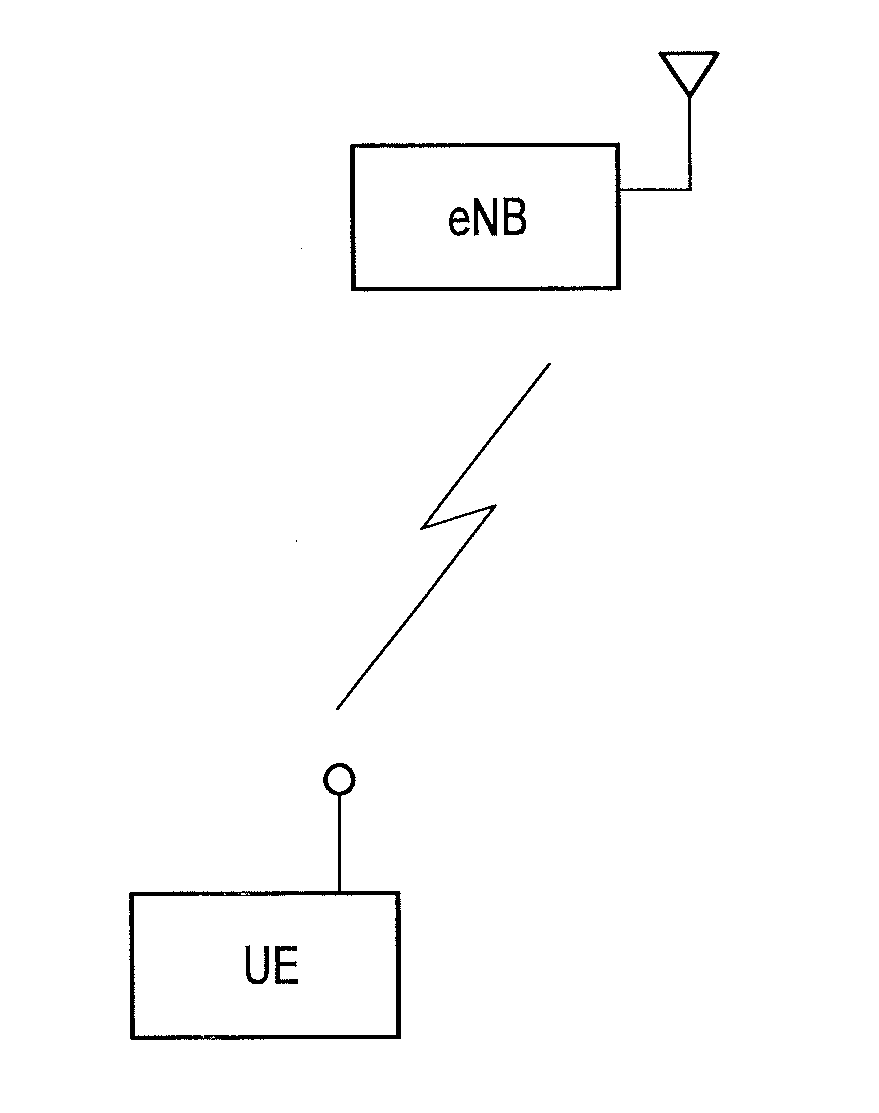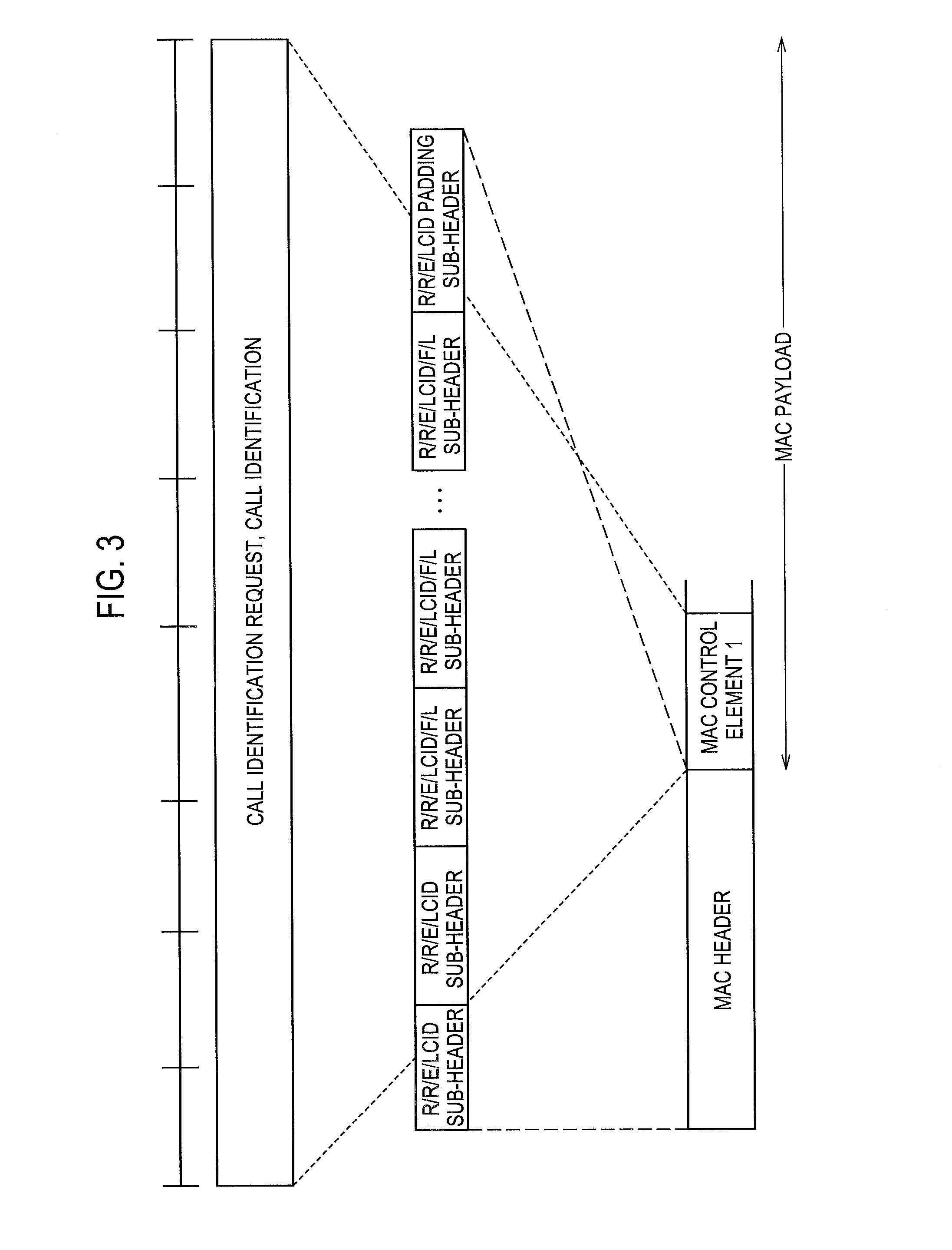Mobile communication method and radio base station
- Summary
- Abstract
- Description
- Claims
- Application Information
AI Technical Summary
Benefits of technology
Problems solved by technology
Method used
Image
Examples
first embodiment
(Mobile Communication System of Present Invention)
[0025]A mobile communication system according to a first embodiment of the present invention is described with reference to FIG. 1 to FIG. 9.
[0026]The mobile communication system according to the present embodiment supports LTE, and includes a radio base station eNB and a mobile station UE, as shown in FIG. 1.
[0027]The radio base station eNB according to the present embodiment includes a RA-procedure execution unit 11 and a determination unit 12, as shown in FIG. 2.
[0028]The RA-procedure execution unit 11 is configured to perform an RA procedure with the mobile station UE.
[0029]For example, the RA-procedure execution unit 11 is configured to execute the RA procedure with the mobile station UE, when the mobile station UE makes a return from a DRX state to a non-DRX state or makes a transition from a RRC_IDLE state to a RRC_CONNECTED state in order to perform call origination processing.
[0030]Here, the RA procedure in the return of th...
modification 1
(Modification 1)
[0078]With reference to FIG. 10, a mobile communication system according to Modification 1 of the present invention is described below, focusing on a point different from the mobile communication system according to the above-described first embodiment.
[0079]In the mobile communication system according to the present embodiment, the RA-procedure execution unit 11 of the radio base station eNB is configured to transmit PDCCH using predetermined RNTI, instead of transmitting PDCCH using C-RNTI notified by MAC-CE received from the mobile station UE, in the above-described RA procedure, when rejecting the return of the mobile station UE from the DRX state to the non-DRX state.
[0080]In this case, for example, the RA-procedure execution unit 11 may be configured to use “FFFFC” that is a Reserve bit not currently used, as predetermined RNTI, as shown in FIG. 10.
[0081]The features of the embodiment may also be expressed as follows.
[0082]A first feature of the embodiment is s...
PUM
 Login to View More
Login to View More Abstract
Description
Claims
Application Information
 Login to View More
Login to View More - R&D
- Intellectual Property
- Life Sciences
- Materials
- Tech Scout
- Unparalleled Data Quality
- Higher Quality Content
- 60% Fewer Hallucinations
Browse by: Latest US Patents, China's latest patents, Technical Efficacy Thesaurus, Application Domain, Technology Topic, Popular Technical Reports.
© 2025 PatSnap. All rights reserved.Legal|Privacy policy|Modern Slavery Act Transparency Statement|Sitemap|About US| Contact US: help@patsnap.com



